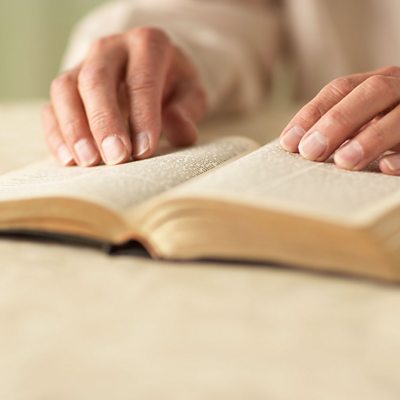Episode details

Available for over a year
Although the world’s attention has turned to the American air strikes in Syria on Thursday night, the photographs published days earlier of the victims of the nerve gas attack in that country have stayed with me. There was something terrible yet mesmerising about the photos of parents holding their dead and injured children in their arms, the images at once evoking both love and grief. This cradling reminded me of one of the most stunning works of art I’ve ever seen – that of the Pietà , the sculpture by Michelangelo of the Virgin Mary holding the body of her dead son, Jesus, which is on display in St Peter’s, Rome. The Pietà – named after the Italian word for pity – was a highly popular subject for paintings and sculptures during the Medieval and Renaissance eras, as were two other depictions of Mary. One, the Mater Dolorosa, or Mother of Sorrows, is a portrait of her in grief because of the crucifixion and death of her son, while the other, Stabat Mater, shows Mary at the foot of the cross. They are all visual reminders of the events commemorated during Holy Week, which Christians are about to begin marking in the run-up to Easter. The artists who created them focused on Mary for a reason, as do Catholics who have a particular devotion to her. They see in her someone who is as close to God as anyone could possibly be, and is both the greatest of women while also entirely typical of mothers, with their multitude of joys and sorrows inspired by their children. When Michelangelo sculpted Mary, he unexpectedly depicted her looking calmly at her dead son, despite her grief. Some say this calmness conveys her purity but to me the artist is showing she is still mothering him, still caring for him. It is also an echo of how this mother, like all mothers, held her child when first born. Above all the Pietà depicts that the spiritual and the physical are as one in a faith where God is incarnate. It represents God who became man and the woman who made that possible. Even Mary, the most blessed among women, endures the most terrible things. Even Christ, son of God, cries out on the cross: My God, My God, why have you forsaken me? As the people of Syria and now Stockholm create their own Pietà s, it seems to me that this connects them across the ages with that woman cradling her son in her arms. Jesus and Mary sharing their experience, in a solidarity with their suffering that transcends time and space.
Programme Website